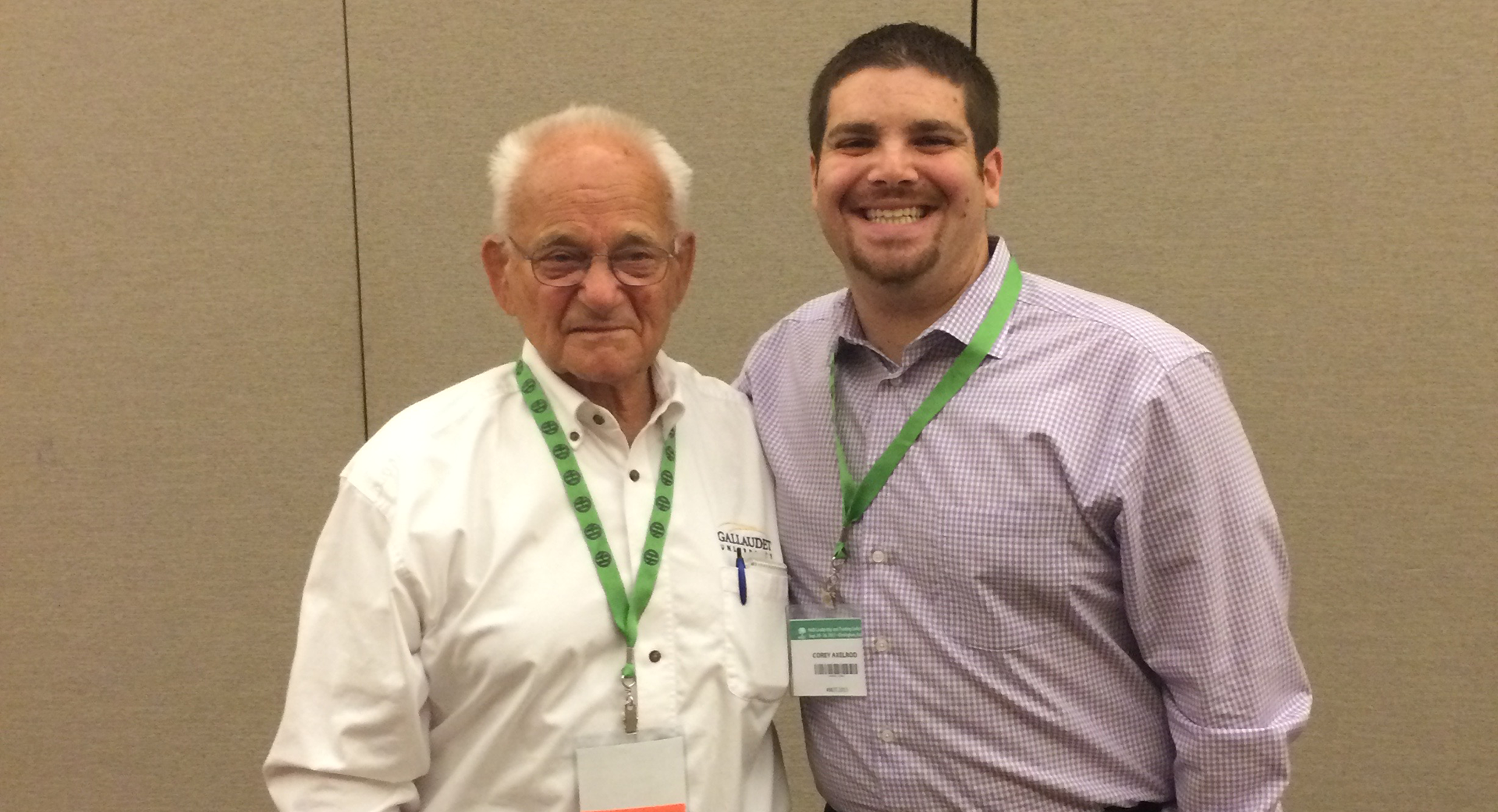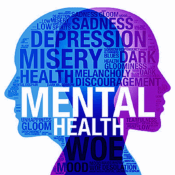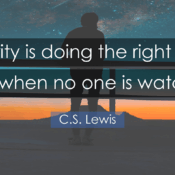
A Call to Action: Safety for All
We often think of accessibility in terms of physical spaces like wheelchair ramps or priority parking spots for people with disabilities. In reality, however, accessibility extends far beyond common elements and fosters communication, independence, and crucially - safety.
The sudden loss of the legendary Dr. Frank Robert Turk, Sr., his wife, Marlene, and their family dog, Jenny, to carbon monoxide poisoning is a stark reminder that accessibility can be a matter of life or death.
On March 12th, Dr. Turk and Marlene arrived home and placed their vehicle’s key fob on the kitchen counter. They did not turn off the vehicle and the engine ran all evening while they were asleep. Sadly, the couple passed away sometime during the night and were not discovered until late the following day.
First and foremost, I’d like to extend my sincere condolences to the Turk family for their sudden, devastating loss. I had the distinct privilege of meeting Dr. Turk for the very first time in 2003 when I attended the National Association of the Deaf’s Youth Leadership Camp. He was a visionary leader who inspired many, including myself, to challenge the status quo and foster leadership among Deaf youth through intergenerational involvement. His legacy will live on in the hearts and minds of the Deaf community.
This tale is another reminder of the safety risks people with disabilities can face due to inaccessible design. Visually accessible alarms for Deaf and hard of hearing individuals, for instance, are notoriously challenging to find, difficult to install, and expensive to maintain.
This preventable tragedy highlights a critical gap in how accessibility is viewed and understood. Our society tends to focus on the needs of those with visible disabilities while overlooking the needs of those with “invisible” conditions and disabilities.
Safety isn't just about compliance; it's a fundamental human right.
This tragedy reveals a failure in our society’s approach to prevention. We must shift from a one-size-fits-all approach and consider robust standards which ensure accessible design:
- Organizations Must Lead, Not Just Comply: Companies should embed accessibility into product development from the get-go.
- Society Must Enhance Public Safety Protocols: Society must advocate for integrated visual, tactile, and mobile-based alerts into emergency systems for the home, travel, workplace, and everything in between.
- Customers Must Demand Change: Our dollar has significant power. As consumers, we must advocate for better regulations, share resources, and ensure accessible safety standards.
Let this story be a catalyst for change. Let’s all play a role and build a world where accessibility is not an afterthought, but an integral part of design. After all, every human deserves to be safe.
(Originally posted on LinkedIn).



